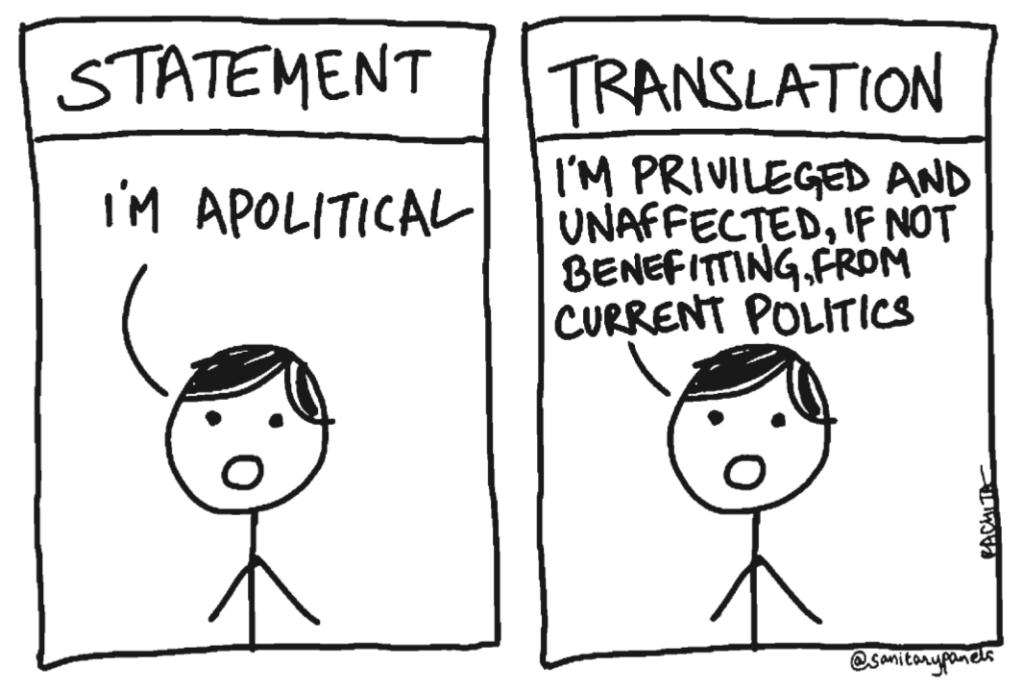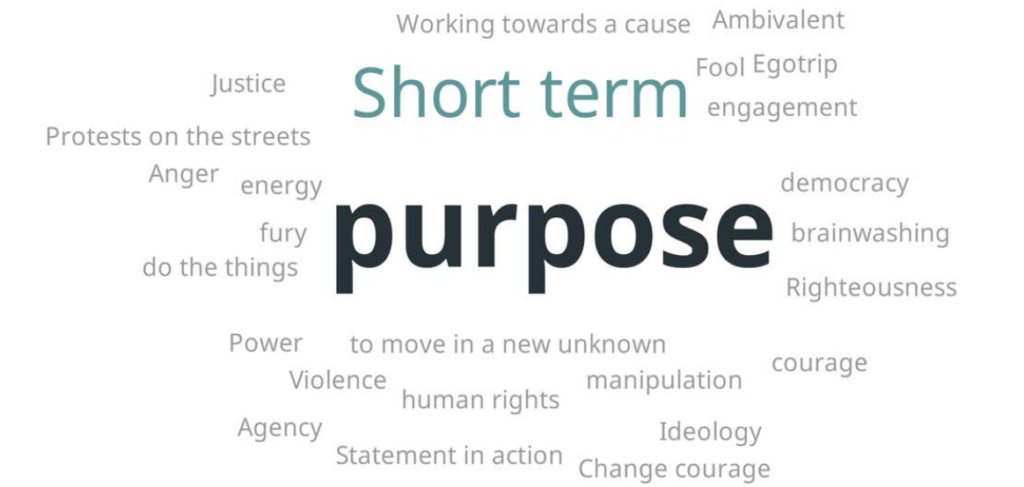What Leaders Can Learn Amidst Societal Change
As we witness societal unrest here in the Netherlands on Budget Day (Algemene Beschouwingen after Prinsjesdag), with public debates surrounding government policies, climate protests, and farmer demonstrations, it’s evident that these issues permeate into the workplace. More and more, employees are bringing their values and convictions into their professional lives, leading to an uptick in employee activism. This trend challenges traditional workplace dynamics and leadership approaches.
Employee activism has grown significantly in recent years, driven by generational shifts and a heightened sense of social and environmental responsibility. While activism can fuel positive change by fostering inclusion and innovation, it also brings challenges that, if not managed well, can lead to division and negatively impact workplace culture, employee turnover, and maybe even business continuity.
A growing trend has emerged among public sector employees as well, with more government workers openly engaging in activism. For example, in the Netherlands, the Extinction Rebellion group has attracted a number of government employees, organized under “XR Ambtenaren,” who advocate for systemic environmental change from within their positions. This is part of a broader movement where professionals across sectors are increasingly using their roles to push for climate and social justice.

Recognize this in your organization?
A recent Hult Ashridge study outlined key motivations behind employee activism, ranging from a desire to belong to a larger community to a commitment to drive change and act with integrity. However, the study also reveals a spectrum of activism within organizations, influenced by factors outlined in the ACTIF framework, which includes:
• Authority: How much power do activists perceive they have within the system?
• Concern: How deeply do they care about the issue, and what personal risks are they willing to take?
• Theory of Change: Do they believe change happens through incremental steps or radical action?
• Identity: Do they identify as activists, and is this part of their personal or professional narrative?
• Field: What is happening globally, locally, and organizationally that might trigger action?
This spectrum shows how activism can range from conservative, where employees act within established norms, to radical, where they challenge these norms.
However, activism in the workplace is not without its pitfalls. Leaders and organizations face critical challenges in responding effectively to these voices of difference. For instance, failing to engage meaningfully with activism can result in reputational damage, burnout among employees, or the perception that leaders are either out of touch or resistant to needed change. Balancing the day-job with activism is also a common struggle for many employees.

When not properly addressed, the results can be counterproductive: activism can fragment teams, distract from core business goals, and lead to increased turnover. Many activists find themselves isolated or even retaliated against, experiencing burnout or resentment when their contributions go unrecognized.
But it doesn’t have to be this way.
At 1for2 Social Innovation, we provide leaders and organizations with the tools to manage these complexities. We help you create a psychologically safe space where employees can engage in challenging conversations about activism, social justice, and company policies while keeping the focus on organizational goals. This is critical in building a speak-up culture where differences can be addressed constructively.
For leaders, understanding the ACTIF framework is the first step toward developing inclusive leadership. We offer confidential counseling to guide organizations in creating an environment where speaking out on all topics -including activism, can be harnessed productively, ensuring employee well-being and organizational success.

Additionally, we help teams bridge generational divides. Whether you’re leading Boomers, Gen X, Millennials, or Gen Z, our programs build the necessary empathy and understanding across generations, fostering a more cohesive and collaborative workforce.
As we’ve seen from recent research in Humanocracy, the newest generations in the workforce increasingly seek purpose and belonging through their work. This trend reinforces the need for leaders to adapt their strategies for engaging employees on the topics they care about most.
Kirsten presents at the DCAA Congress – Curaçao, November 7-8
Join Kirsten at the DCAA Congress in Curaçao, where she will address the challenges and opportunities of leading across generations. This event, organized by the Dutch Caribbean Accountants Association, will cover vital topics such as personal impact, cybersecurity, and economic trends.
If you can’t attend the Congress or are ready to take the next step now, we’re open to scheduling one-on-one sessions or team coaching for your organization.
Please take action today and explore how our leadership training and coaching can elevate your team. Get in touch via our contact form to start a conversation and learn more about how we can support your leadership development needs. We’re looking forward to connecting!
References:
• Reitz, M., Higgins, J., & Day-Duro, E. (2021). The Do’s and Don’ts of Employee Activism: How Organizations Respond to Voices of Difference. Hult International Business School.
• Published by Ashridge Executive Education, Hult International Business School. Available at: Hult Research
• Hamel, G., & Zanini, M. (2020). Humanocracy: Creating Organizations as Amazing as the People Inside Them. Harvard Business Review Press. Available at: Harvard Business Review

